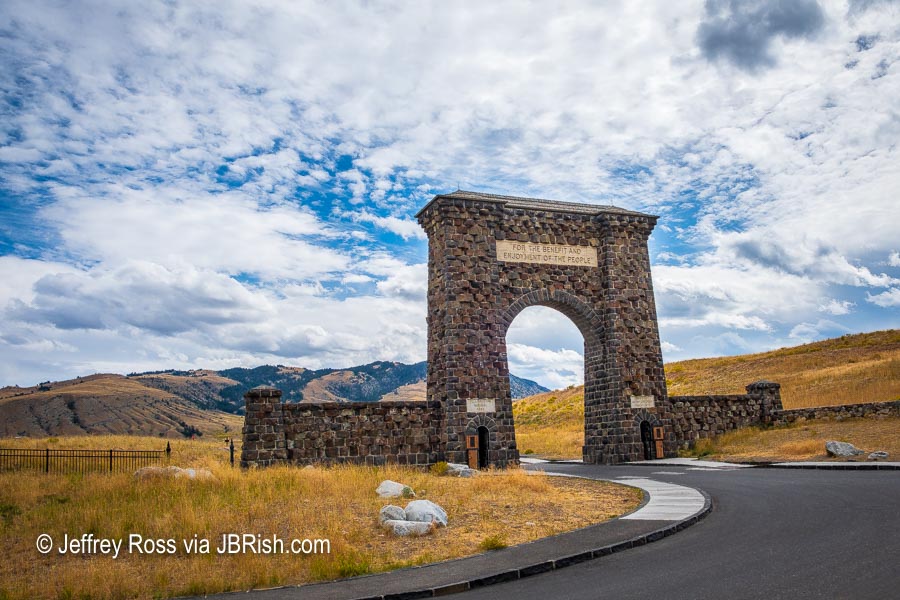“I guess I’m trying to say, grab anything that goes by.
It may not come around again.”
— John Steinbeck —
I am not a professional photographer. I am a hobbyist. I enjoy beautiful photography and the beauty to be found in the “vision” of others. We can all visualize the same vista, but the gifted photographer can find the ultimate beauty in the scene. This is very difficult. Having said that by way of introduction, this post is about something quite different.
Most of my photography is of the landscape or scenery genre. What this means is that we often spend a full day hiking in remote locations to see things that many will never see. My joy and pleasure is to capture a photograph that will, in some way, bring that beauty to those who view the photograph.
Here is the truth that I have learned by being a photography enthusiast. If you have a camera with you and you enjoy photography. When you come across a scene that calls to you, stop everything and take the picture.
There have been many times in my past that I said to myself: “I don’t want to stop now. I will take that picture on the return trip.” It may be a variation of this theme, but it has happened a significant number of times.
This is the truth that I have learned. Most of the time that scene will not be there when you return. The clouds will move, the light will change, your mood will change, your vision may be altered and the picture you envisioned will remain a vague memory.
Having regrets is a terrible thing and I have a good number of photography regrets of pictures I wished I had taken when I had the opportunity. When the vision appears – when the moment strikes you – stop what you are doing and take the picture. Even if it turns out to be a disappointing capture, you will reduce the number of regrets you have for those photos that might have been. There is little or no downside to this. You will have some very good memories and a perhaps a few remarkable pictures because they encase your vision; your idea of beauty.
Case in Point
We visited Yellowstone National Park. This was a bucket list trip for us and we hiked all day every day. There was no time to waste and no time to be tired. We waited for this a long time so no matter what, we awoke early and went on our way!
When we arrived at the Mammoth Springs area of Yellowstone, we were only five miles from Gardiner, MT. We knew from others that there was a great pizza place there and a variety of stores: supermarkets, hardware stores, pharmacies, etc.
After a day at this location, we received a warning from our car that the battery in our fob needed replacement. Our Subaru has no manual override for starting and we had fears of being stranded in this remote location without a way to start the car. It is the fob or nothing. Obviously this made us a bit nervous so we took one afternoon off to headed to Gardiner.
Just as we were leaving the park with Gardiner in plain view a few blocks away, we came upon the Roosevelt Arch. This is a wonderful tribute to Theodore Roosevelt who was a national park visionary. I was worried about finding a replacement battery for my fob and I really was anxious to see which vendors in town might have it. I was very focused on that issue.
On the other hand, the cloud pattern was interesting and the sky was blue. I forced myself to pull over to take a picture of the arch. There were people standing in the way, but I waited. I cannot claim that I wasn’t distracted, but I didn’t want to miss this opportunity.

Although I would not declare this is a great picture or one of my best photographs, it has been very popular on various websites. More than anything else…it has helped me avoid another photography-related regret.
To summarize my photography truth , don’t wait to take a picture. Carpe diem when the moment strikes! There is a reason a scene resonates with you. Don’t wait. Take the picture and avoid the regret of what might have been.
**********
Metadata
Capture time: 12:21 PM
Capture date: Sept. 13, 2018
Exposure: 1/640 sec @ f/9.0
Focal Length: 18mm
ISO: 200
Camera: Fuji X-T2
Lens: XF18-55mm, F2.8-4 R LM OIS
Edited in Lightroom
See more photography posts HERE and visit Jeff’s Instagram site HERE
**********
All original content on this blog is copyrighted by Jeffrey B. Ross with ALL Rights Reserved. While reference links back to JBRish.com are appreciated and encouraged, please acquire approval for any reproduction of original content from this website.
©Jeffrey B. Ross 2014 – 2020